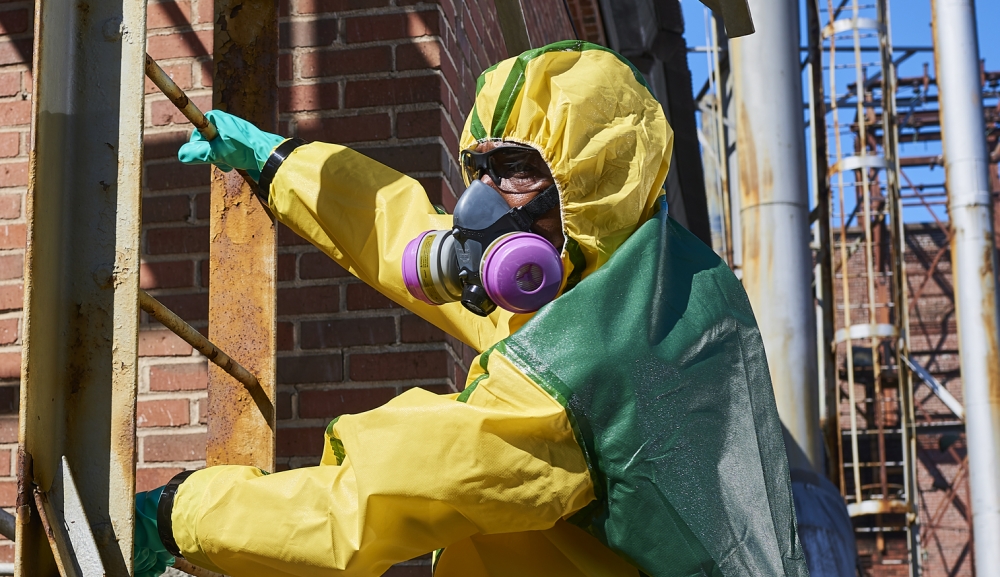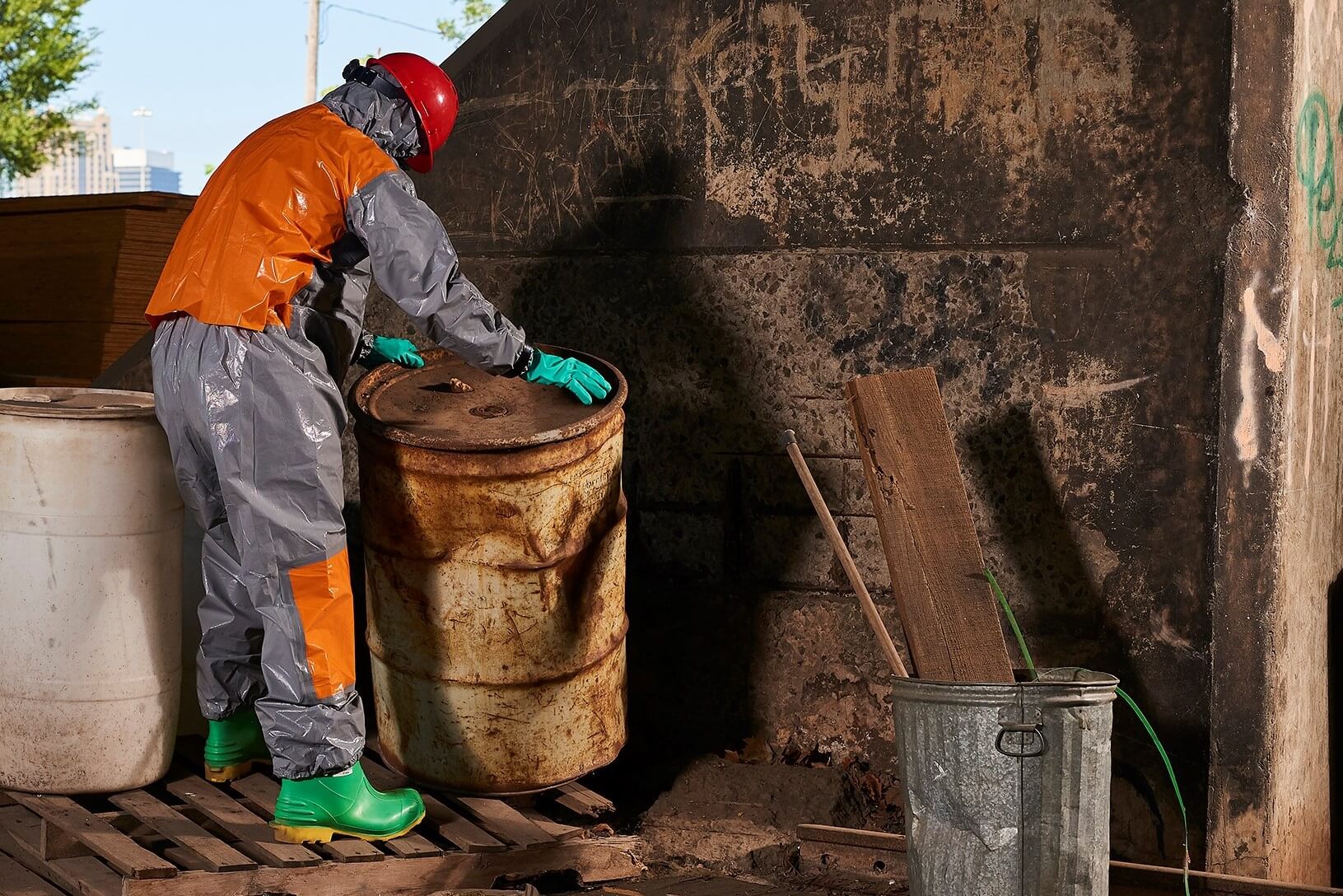Long-term exposure to gases, chemicals and substances later realized to be hazardous can have devastating impacts on health. Even though the damage may not be immediately or visually apparent, it does not mean that damage is not being done.
One example of a chemical that can have devastating long-term effects, yet results in only limited immediate harm is benzene – a component of crude oil, a naturally occurring substance and carcinogen. Long-term exposure to benzene is now known to increase the risk of cancer and other illnesses, and is also a notorious cause of bone marrow failure. It has long been associated with a range of acute and long-term health effects and diseases and its effects on the populace are well documented.
Necessarily, benzene is widely used across industrial operations and in the United States it is among the 20 most widely used chemicals. It is used to make plastics, resins, synthetic fibers, rubber lubricants, dyes, detergents, drugs and pesticides.
In addition, most people can detect the distinctive smell of benzene at concentrations between 2.5 and 5 parts per million (ppm) in the air – And contamination can occur both through inhalation and absorption through the skin. Possible long term effects are such that it has been commented that the only absolutely safe level of concentration for benzene is zero. In an industrial or chemical environment, the concentration level of benzene will be significantly higher and therefore, potentially more damaging.

Effects of Benzene
While benzene has an immediate effect of skin irritation, nausea, headaches and tiredness, exposure over the long term can lead to harmful effects on the bone marrow, a decrease in red blood cells leading to anemia, damage to the immune system, cancer, leukemia, death and a range of other health issues.
Many hazardous chemicals have been banned for several years, but HSE states that employers are now legally required to prevent and control exposure to chemicals and other health hazards that may cause cancer. With this in mind, workplaces need to have processes, equipment and tools in place to mitigate the damage that can arise from chemical hazards – not just benzene. Otherwise they may find it comes back to haunt them in the future.
While workplaces regulate the level of benzene (with the Health and Safety Executive (HSE) stating that the workplace exposure limit is a benzene level of 1 part per million (ppm) of air averaged over an 8-hour period), continued workplace exposure – regardless of the level – can result in health problems if incorrect equipment, safety measures and monitoring programs are used. For example, users of chemical protective suits often use chemical permeation test breakthrough as an indication of how long it takes for the chemical to first break through the fabric and thus as an indication of how long a suit can be safely worn. The reality is that, because test breakthrough is measured at a point when a RATE of permeation is reached, at the point of test “breakthrough” the chemical may have already been permeating through the fabric. So, if permeation test breakthrough is wrongly applied, workers could be exposed to hazardous chemicals without realizing… which might be important in the case of chemicals with long term health effects such as benzene. If permeation test breakthrough is wrongly applied, workers could be exposed to hazardous chemicals without realizing.



